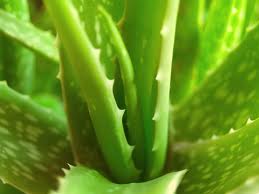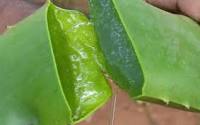I have a friend who has some dreadlocks and wanted to know how to take care of them, so that they grow thicker, here are some tips,and it’s still a work in progress:
4 Tips for Dreadlocks Care

jason momoa
Just because you have dreadlocks does not mean you can forget about taking care of your hair, it still needs some TLC. Here are some simple tips that will keep your dreadlocks healthy and beautiful.
Still Protect Your Hair at Night
When you no longer have free-flowing tresses, cotton from your bedding is no longer a worry when it comes to breaking off your hair. Even though breakage at least from this, is no longer a concern you do have something else to worry about from this. Buildup! Lint is attracted to your hair like a magnet, which is why you still want to wear a scarf to protect your hair or you want to use satin or silk bedding.
Overtime getting lint out of your hair will become a chore if you continuously sleep without your hair being protected. You may be able to pick some out, but in some cases it is lodged pretty deep into your loc, being almost impossible for you to get out. Some people opt to dye their hair at this point to cover up the white lint spots, but who wants to walk around with lint in their hair?
Don’t Strangle Your Roots to Death
Really love neat looking dreadlocks? Well, you can still maintain a neat look, but every once in a while give your roots a break. When you constantly twist your roots as tight as you can you are putting extreme tension on your dreadlocks.
Eventually after continuously putting this amount of tension on your dreadlocks some of them may snap off right in your hands. Your edges are especially sensitive and prone to this so just be careful, you don’t want your hairline to lean back.
You still should give your hair the moisture it craves, but be careful in the products that you choose to avoid buildup. When the seasons change, things can get particularly dry so keeping your hair moist is not a bad idea.
Heavy waxes and creams are hard to get out of dreadlocks, so opting for light natural oils and jellies is probably the best way to go.
Keep it Clean
Dreadlocks thrive in a clean environment. If you are hearing otherwise, you shouldn’t take advice from anyone who is saying this.
When you are first starting locs, water actually helps to loc your hair up faster. It aids in kinking up your hair for hold, and most importantly it keeps it CLEAN.
Once you are fully locked continue to wash your hair on a regular basis. Cleansing is a part of any healthy hair care routine.
These are some tips i found from http://www.dreadlockssite.com I hope can be a starting point in any dreadlocks regimen;

aloe vera
aloe vera *conditioning
cools and adds moisture to the scalp
also an all natural, residue-free substitute for gel. really great for tightening in loose hairs along the dread
apple cider vinegar
makes an amazing rinse for your dreads, removes residue and promotes a healthy ph
rose water
gentle moisturizer for the scalp that reduces irritation
also a very relaxing fragrance
epsom salts
i use these in the shower as a scrub for my scalp, but i also palm roll them into my dreads (when wet). the salts help to draw moisture and oiliness from the dreads, making them easier to work with and tighten
coconut oil *conditioning
keeps your scalp clean and healthy, smells amazing, and its proteins nourish and stimulate the regrowth of damage hair. it also prevents dandruff and can provide relief for those who suffer from it.
essential oils
oils like rosemary, lavender, tea tree, and great for your dreads and have a lot of different benefits. i suggest doing a little research so that you can find an essential oil specific to your needs. they are especially great because they leave absolutely no residue, and help keep your dreads/scalp clean.
ayurvedic medicine suggests heating the oils before application, which increases blood flow and stimulates hair growth.
henna
personally i have found that when coloring my dreads with henna, it helps them tighten up a bit. however, it’s really important to make sure you *wash the henna out of your dreads completely (apple cider vinegar is good for this).
herbal teas
fenugreek, amla, hibiscus, chamomile, and shikakai are just a few herbs that are good for your hair. once again, with a little research, you can find one specific to your needs.
♥

























